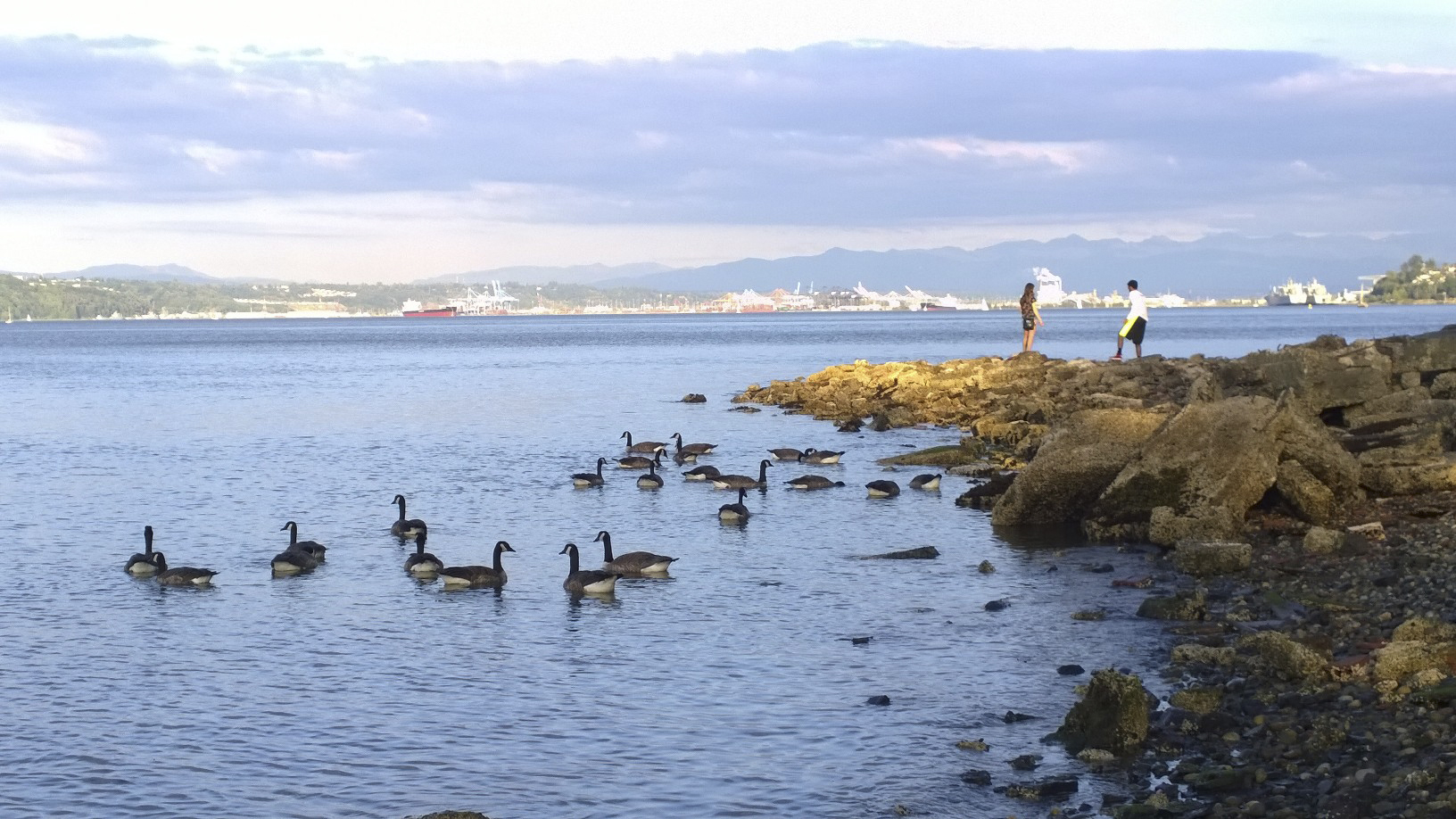By Morf Morford
Tacoma Daily Index
I’m sure you knew that the Port of Tacoma is the largest employer in Tacoma. About 30,000 people work directly or indirectly with the Port. Most of us can see the blue and orange cranes busily at work moving those massive containers full of who-knows-what from almost anywhere in the world. From State Route 509 you can see acres of newly delivered cars, but did you know that the Port also supports and maintains over 200 acres of parks?
As you might guess, most of these are restored wetland habitats and tidewater areas. You can see migrating salmon and a variety of wildlife and birds up close.


Below is an overview of the unique parks operated by the Port of Tacoma. You can find most of them on these Port websites: https://www.portoftacoma.com/community/explore-port and here. In no particular order, here is a profile of these rarely used, tiny and for the most part quite remarkable parks.
——————————————
From the Port of Tacoma:
1. Clear Creek (16 acres): The Port built an outlet channel, tidal mudflat refuge bay, bridge and sluice gate at the mouth of Clear Creek, a lower tributary to the Puyallup River about three miles upstream from Commencement Bay. This lush, secluded site provides salmon with food, shelter and access to nearly 10 miles of streams and creeks. It is also home to birds and small animals. A variety of trees—big-leaf maple, dogwood, hazelnut, red alder, vine maple and western red cedar—shade and cool the water for fish and offer nesting places for hundreds of birds.
2. Julia Gulch (70 acres): Julia’s Gulch (http://www.juliasgulch.org/) is a refuge and buffer zone between the Port and residential neighborhoods. There are many trails and a variety of wildlife depending on the season.
3. Dick Gilmur Shoreline Restoration and Kayak Launch (17 acres): This site’s restored shoreline provides habitat for the hundreds of birds and other wildlife that live along the weather-exposed shore. Native plants help anchor soil and provide shade, food and refuge for a mix of wildlife. From Marine View Drive you can launch your kayak and view wildlife from this habitat restoration site.
4. Fairliner (3 acres): A former marina has new life as a home for birds and fish. The Fairliner Habitat Area is located in a small cove next to Washington United Terminals, a container terminal on the west side of the Blair Waterway. The quiet beach and tidal mudflat provide a rich feeding environment for fish and birds. Upland, birds and ducks enjoy native trees and plants such as kinnikinnik, Oregon grape, salal and wild strawberry.
5. Gog-le-hi-te wetlands (12 acres): A public overlook provides views of wetland habitat along the Puyallup River. The off-channel habitat supports a healthy ecosystem for juvenile salmon, plants and a variety of wildlife.
6. Hylebos Creek (100-foot buffer along the creek): Historically one of the most productive salmon streams in the Puget Sound region, Hylebos Creek once was home to strong chinook, chum, coho and steelhead runs. Beginning in south King County, the creek now stretches along highways before emptying into the Hylebos Waterway in Commencement Bay. In 1993, the Port created a 100-foot buffer with native vegetation and woody debris to give juvenile salmon a place to feed and hide.
7. Milwaukee Waterway (30 acres): The area outside the old Milwaukee Waterway was shaped into 30 acres of high quality habitat. The site connects two existing sand flats and the Puyallup River delta area to provide a complex of habitat types vital to juvenile and adult salmon. This intertidal and shallow subtidal habitat provides food and shelter for animals up and down the food chain. The sand, mud and gravel house invertebrates. Clams, worms and other burrowing animals, as well as birds and salmon, feed on plankton and other small organisms.


8. Place of Circling Waters (30 acres): Once a gravel mine and dump for building materials, this 30-acre restored habitat site at the mouth of Hylebos Creek now features valuable intertidal marsh, stream channels and forested open space. The site is connected to several other restored areas along the creek. It is part of a larger effort to rejuvenate salmon runs on the tidally-influenced stream.
9. Rhone-Poulenc (1 acre): Nestled between Washington United Terminals and U.S. Oil, this site of a former fertilizer plant now features a public overlook with views of salt marsh and mudflat habitat ideal for young salmon. This is not much of a park but is a wonderful lookout.
10. Slip 5 (10 acres): Located on the west side of the mouth of the Blair Waterway, bordering Commencement Bay, Slip 5 provides a sand and gravel beach habitat ideal for juvenile salmon to find food. The site also provides habitat for birds.
11. Upper Clear Creek (40 acres): This habitat restoration along Clear Creek, a tributary to the lower Puyallup River, includes rehabilitated floodplain wetlands, more natural meandering creek channels and other habitat features, such as ponds, hummocks, alcoves, standing snags and large woody material. The Port replaced invasive reed canarygrass with native grasses and more than 145,000 native plants, shrubs and trees. The site is now home to a variety of wildlife, including salmon, trout, frogs and salamanders, herons, eagles, and several species of songbirds and waterfowl.








